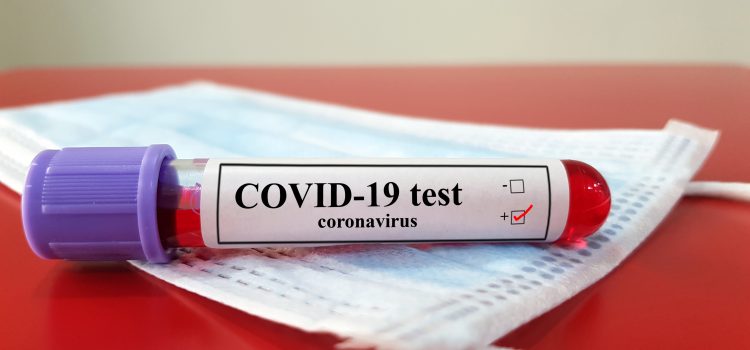An elderly lady who longer drives and has a scorching sore throat might be inclined to call an ambulance to take her to the emergency room. Clearly, it’s not an emergency but she’s got to see someone. In most places across the U.S. the end result will be a trip to the ED, which will have her waiting—for hours, maybe—and result in higher-than-necessary charges to Medicare. Under a new initiative in Seattle, however, it would …
Read More









